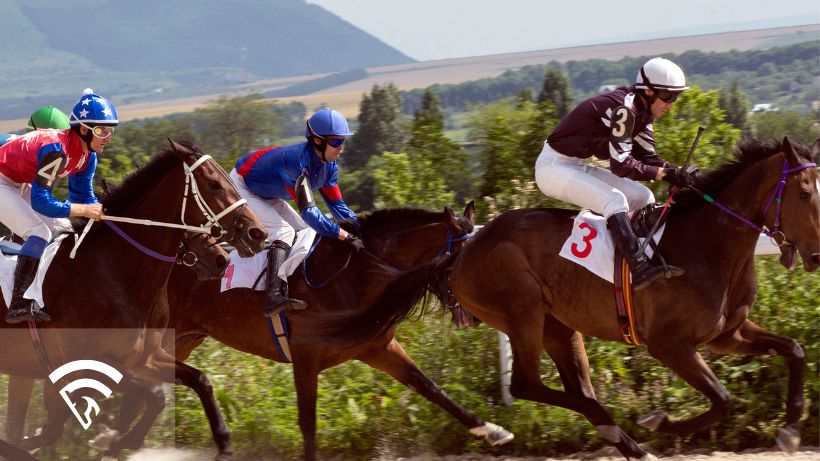What is Distance Suitability in Horse Racing?
Distance suitability refers to how well a horse is expected to perform at a specific race distance based on its pedigree, past performances, running style, and physical attributes. Some horses are built for speed and excel in sprint races (typically 5 to 7 furlongs), while others are natural routers, better suited for longer distances like 1 mile or more.
Why Distance Matters
Matching a horse to the right distance is one of the most fundamental aspects of handicapping. A horse that tires late may simply be running beyond its optimal range. Conversely, a horse closing fast at shorter distances could be signaling readiness for a stretch-out.
How Handicappers Assess Distance Suitability
- Past Performances: Look for consistent finishes at similar distances. Was the horse gaining or fading late?
- Pedigree Clues: Bloodlines often suggest distance tendencies. Certain sires are known for producing sprinters or routers.
- Running Style: Early speed types may prefer shorter distances, while deep closers often benefit from more ground.
- Workout Patterns: A horse training with longer gallops or slower sustained works might be targeting longer distances.
Spotting Mismatches
One of the sharpest edges a handicapper can gain is identifying when a horse is running at a distance that doesn’t suit its strengths. Here are some scenarios to watch for:
- Stretch-Out Sprinter: A horse with early speed being entered in a longer route race may fade late, especially if it hasn't shown stamina before.
- Cutback Router: A horse coming off longer routes may show improved late kick when cutting back in distance — but only if it has the speed to keep up early.
- Intentional Placement: Trainers sometimes use a race at the wrong distance as a fitness prep. If the horse has solid workouts and is well-bred for a different distance, this may be a signal they’re pointing to a future spot.
- Track Bias Conflicts: A horse might prefer a specific distance, but if today’s track plays against its preferred style (e.g., closers struggling at shorter sprints), the distance may effectively become a mismatch.
By paying attention to these setups, you can avoid overbetting horses poorly placed — or better yet, find overlays on horses entering ideal distance scenarios under the radar.
Final Thoughts
Distance suitability isn’t just a stat — it’s a key to unlocking hidden value. When a horse lines up at its optimal trip, you’ll often see a peak performance. Learn to read the cues, and you’ll make sharper, more informed betting decisions.
Want more tools to analyze which horses are best suited for today's races? Sign up for EquinEdge and get data-backed insights tailored to each runner in the field.
